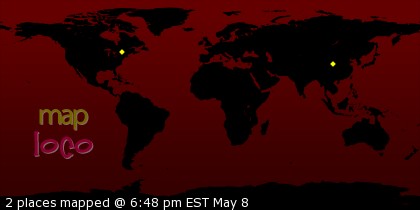
From NASA:
Located 1,000 light-years from Earth in the constellation Perseus, a reflection nebula called NGC 1333 epitomizes the beautiful chaos of a dense group of stars being born. Most of the visible light from the young stars in this region is obscured by the dense, dusty cloud in which they formed. With NASA's Spitzer Space Telescope, scientists can detect the infrared light from these objects. This allows a look through the dust to gain a more detailed understanding of how stars like our sun begin their lives.
The young stars in NGC 1333 do not form a single cluster, but are split between two sub-groups. One group is to the north near the nebula shown as red in the image. The other group is south, where the features shown in yellow and green abound in the densest part of the natal gas cloud. With the sharp infrared eyes of Spitzer, scientists can detect and characterize the warm and dusty disks of material that surround forming stars. By looking for differences in the disk properties between the two subgroups, they hope to find hints of the star- and planet-formation history of this region.
The knotty yellow-green features located in the lower portion of the image are glowing shock fronts where jets of material, spewed from extremely young embryonic stars, are plowing into the cold, dense gas nearby. The sheer number of separate jets that appear in this region is unprecedented. This leads scientists to believe that by stirring up the cold gas, the jets may contribute to the eventual dispersal of the gas cloud, preventing more stars from forming in NGC 1333.
In contrast, the upper portion of the image is dominated by the infrared light from warm dust, shown as red.





No comments:
Post a Comment